Regardless how you look at Corfu, it is a DREAM.
Even through the Internet its visit is MAGIC.
Surfing the Internet introduces you to its BRILLIANCE.
It makes you “travel” and “walk” down the kantounia, “swim” at its shores, “fall under the spell” of the island’s beauties and therefore, from an electronic visitor you will become… a physical one too.
Because that’s how you will “experience” its ALLUREMENT.
Corfu is known as “The island of the eternal homecoming”. If you visit this place once, you will surely desire to come back. Not only physically, but also with your mind and your soul. The “Queen of the Ionian Sea” attracts you with her romanticism and her eroticism. With her history, civilization and remarkable people. In other words, with her glamour.
The beauties of Corfu made it a “bone of contention” for many nations. Barbarians but also civilized applicant conquerors spent time, money and forces to conquer it. The Corfiots preserved their spirit free. Inventive and indomitable, they kept their identity intact. And therefore they hold an exceptional place in history.
One of the great chapters of Corfu are its historical monuments. The people, who made them, respected the natural beauty of the island. That is why their work complements its beauty. Ancient temples, Roman baths, forts, busts, majestic palaces and mansions attract the visitors. The rotundas and arches complement the picture.
One of the great chapters of Corfu are its historical monuments. The people, who made them, respected the natural beauty of the island. That is why their work complements its beauty. Ancient temples, Roman baths, forts, busts, majestic palaces and mansions attract the visitors. The rotundas and arches complement the picture.
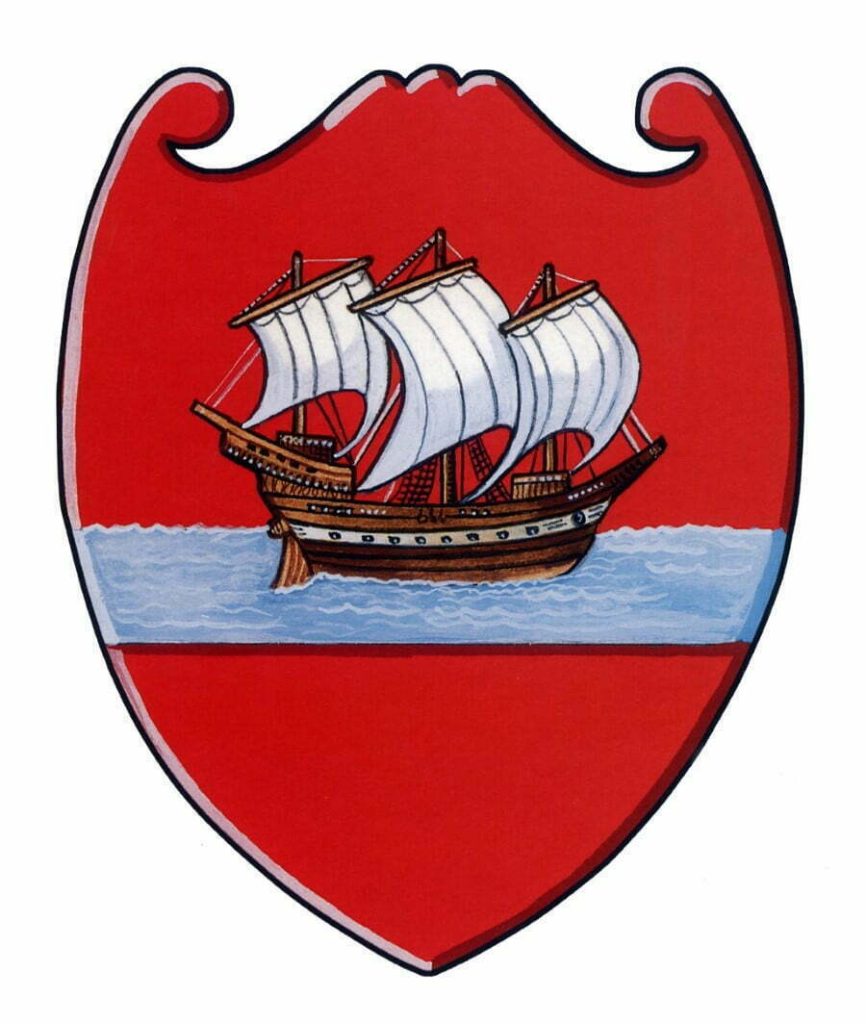
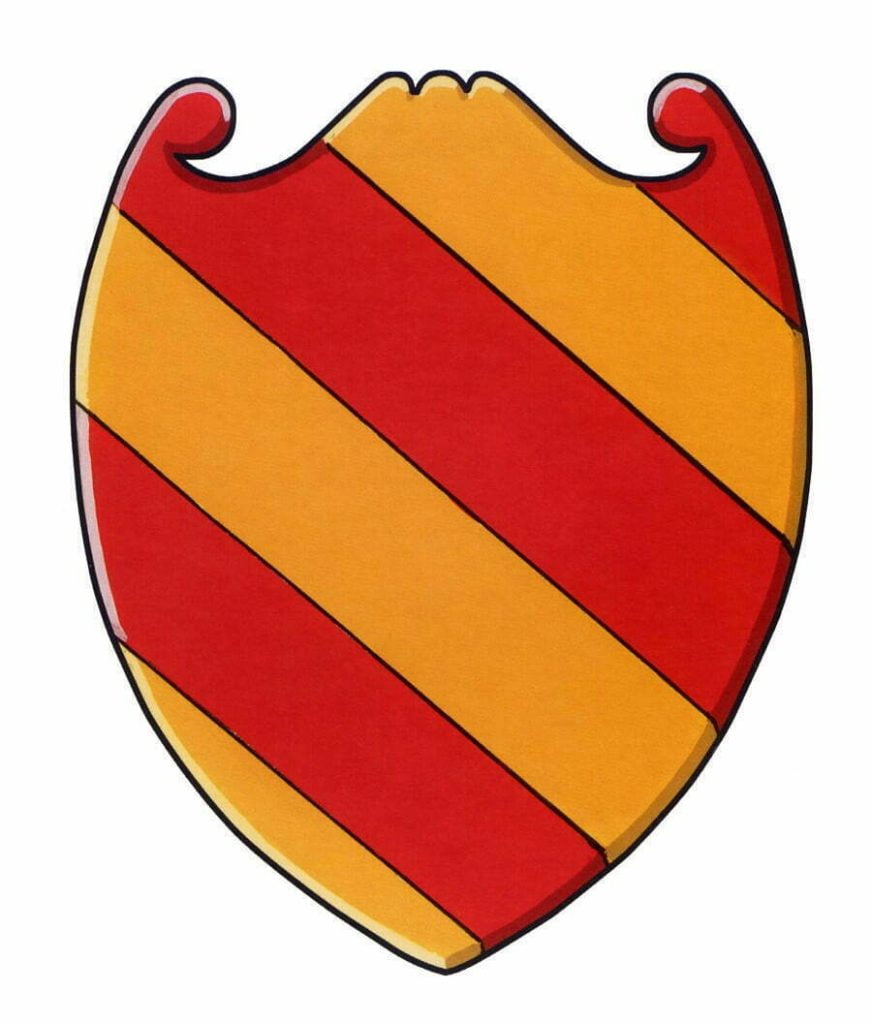
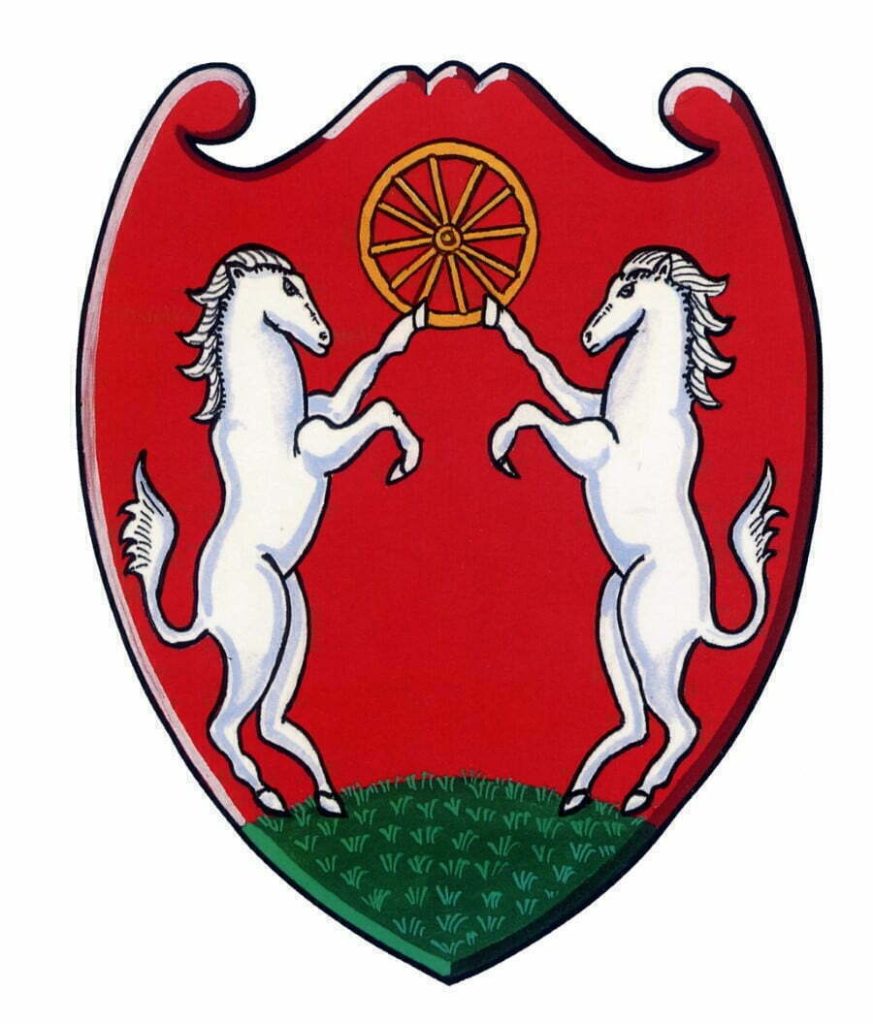
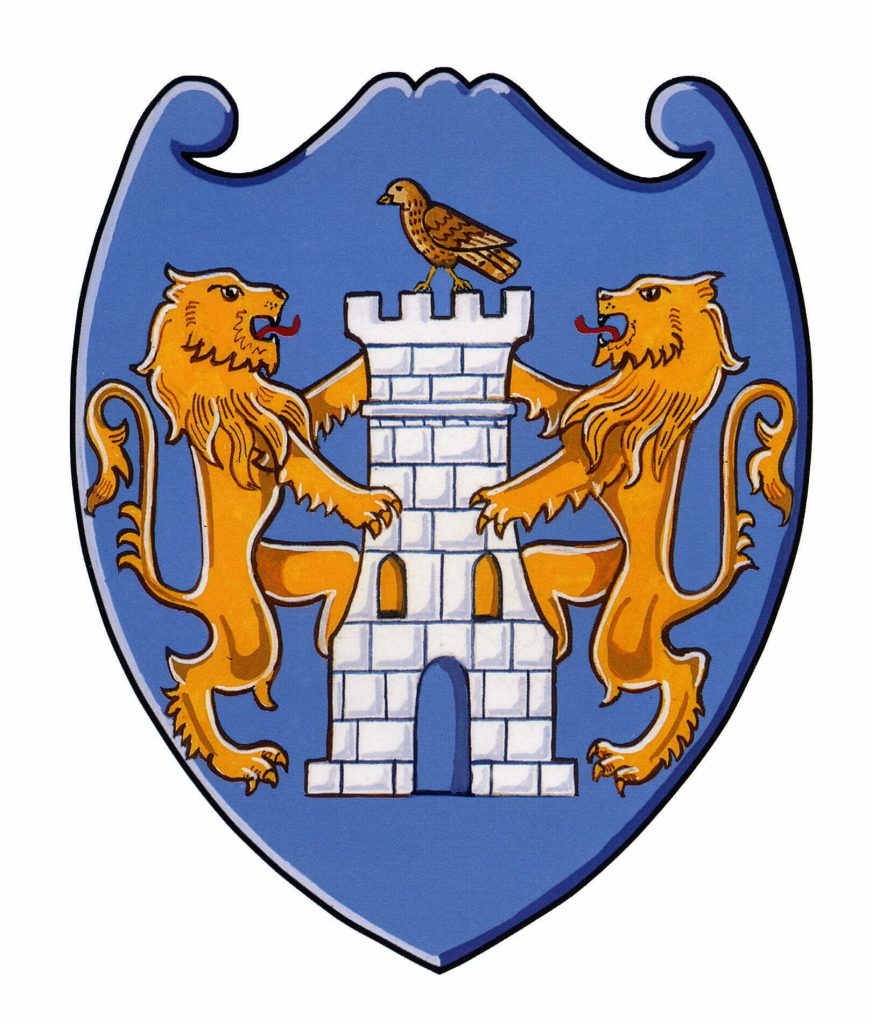
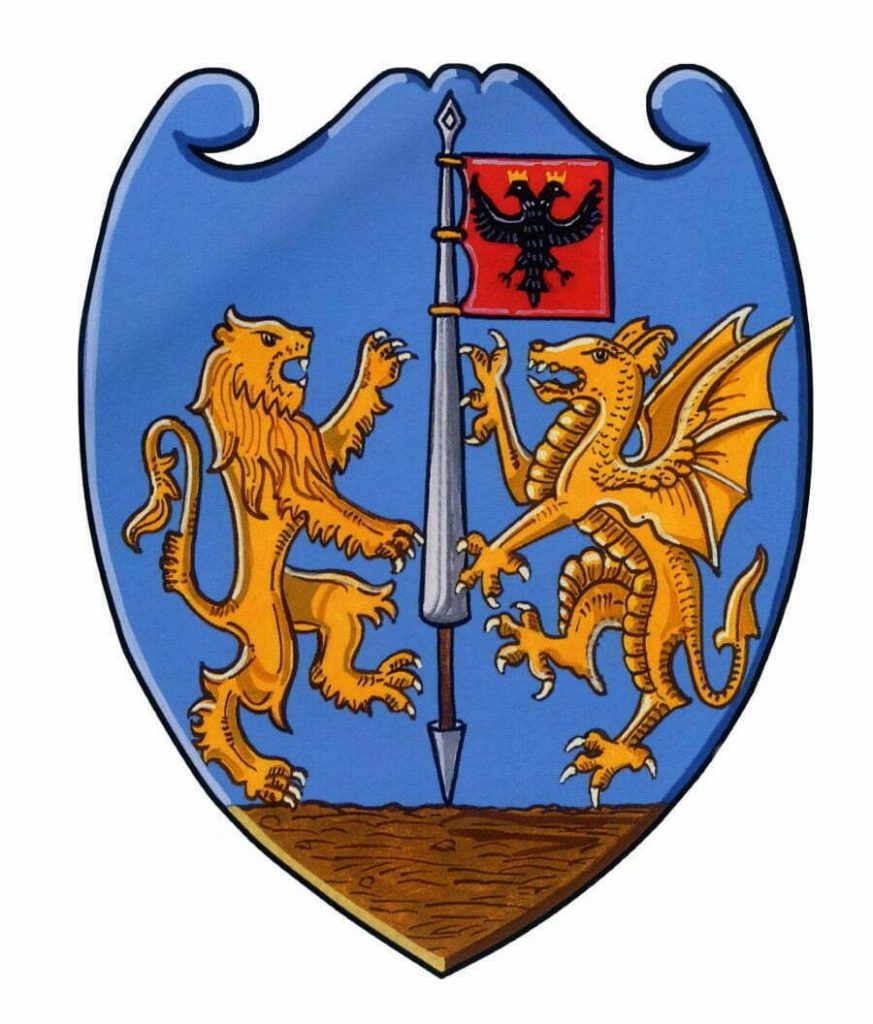
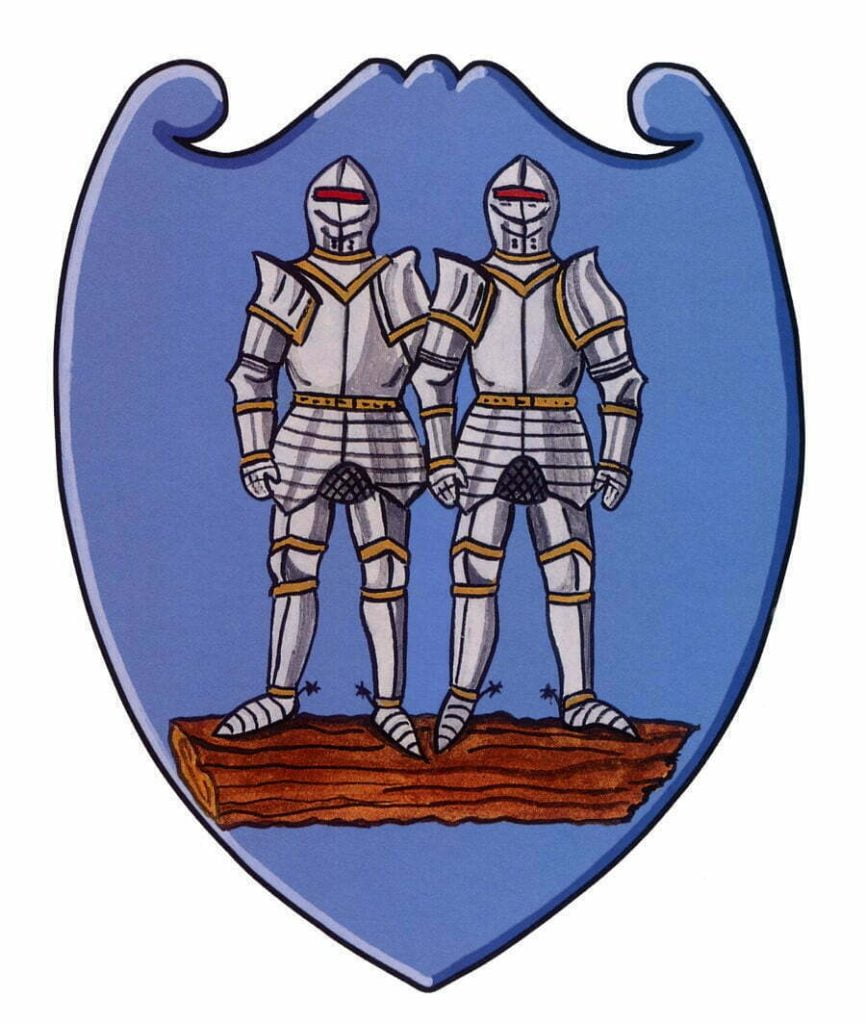
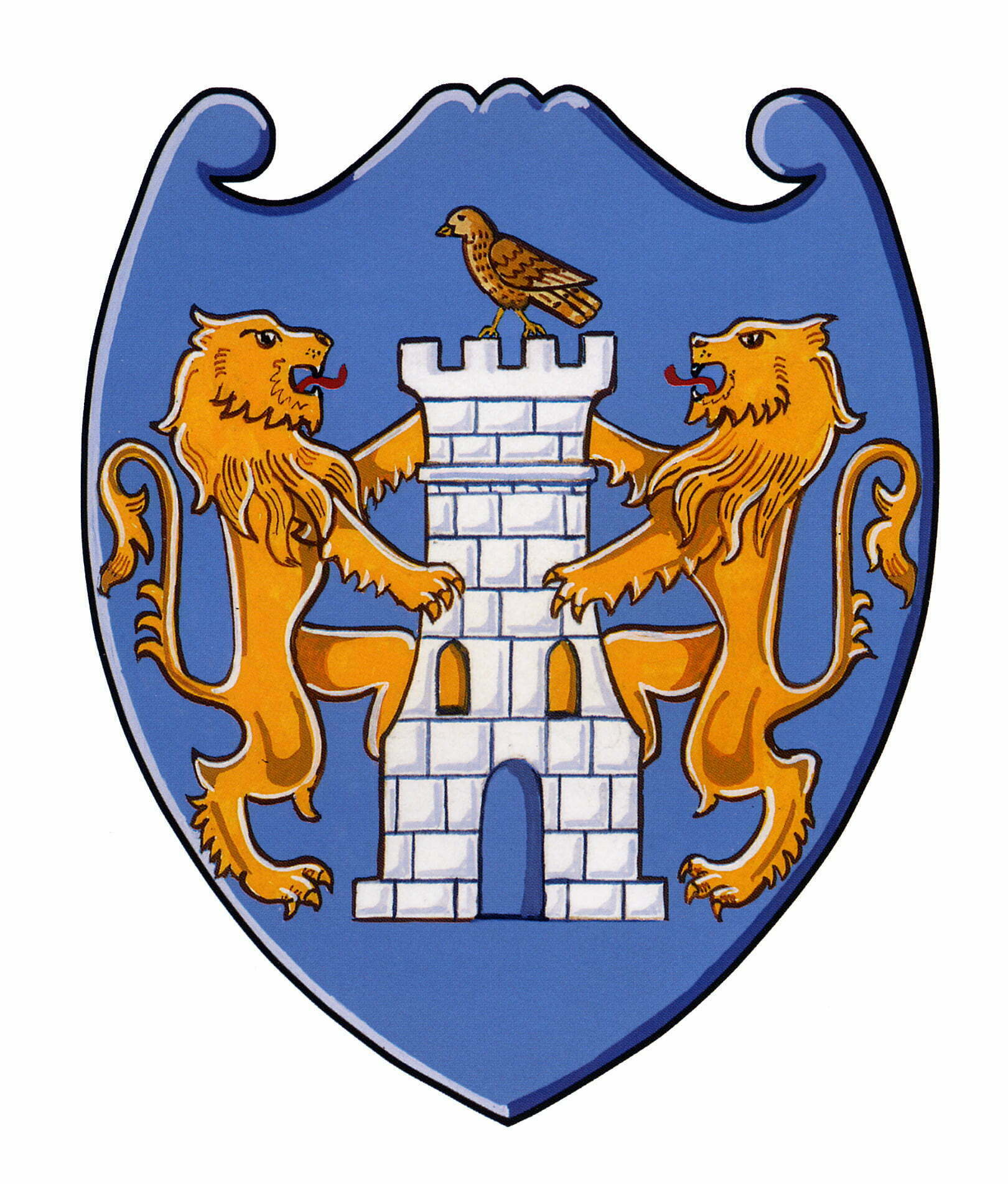
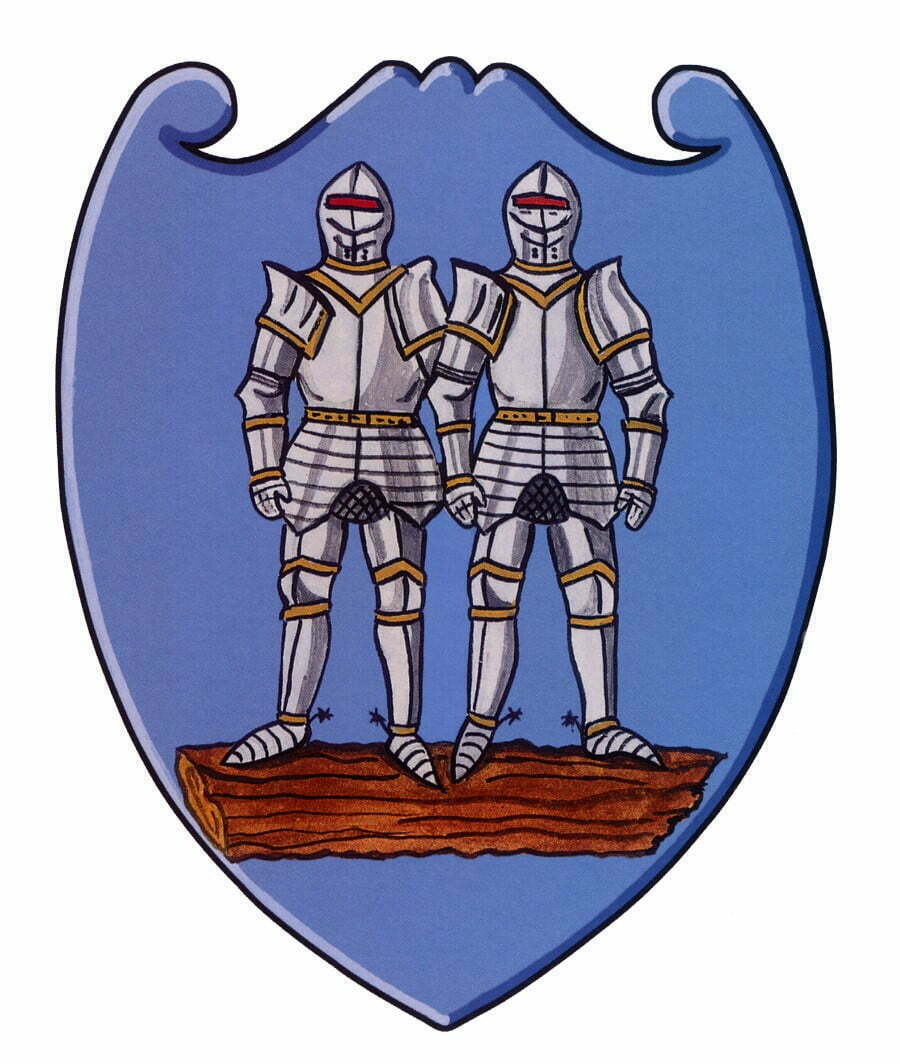
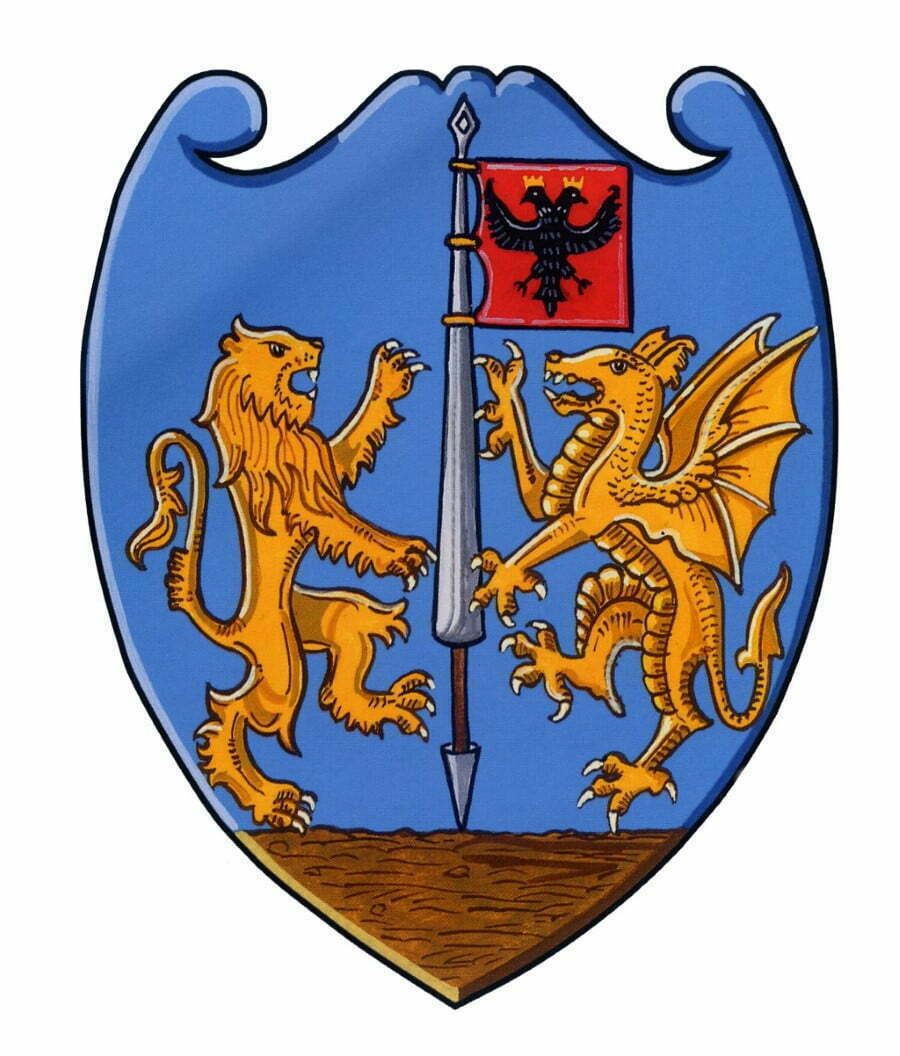
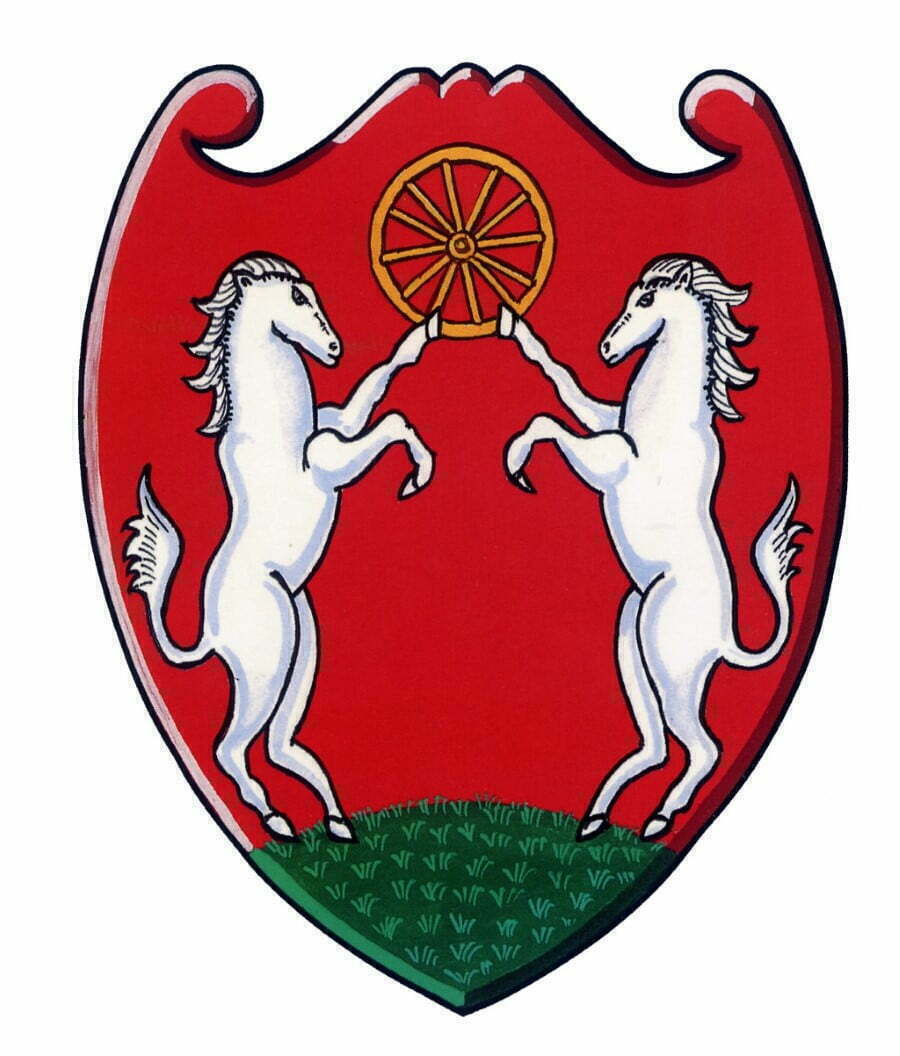
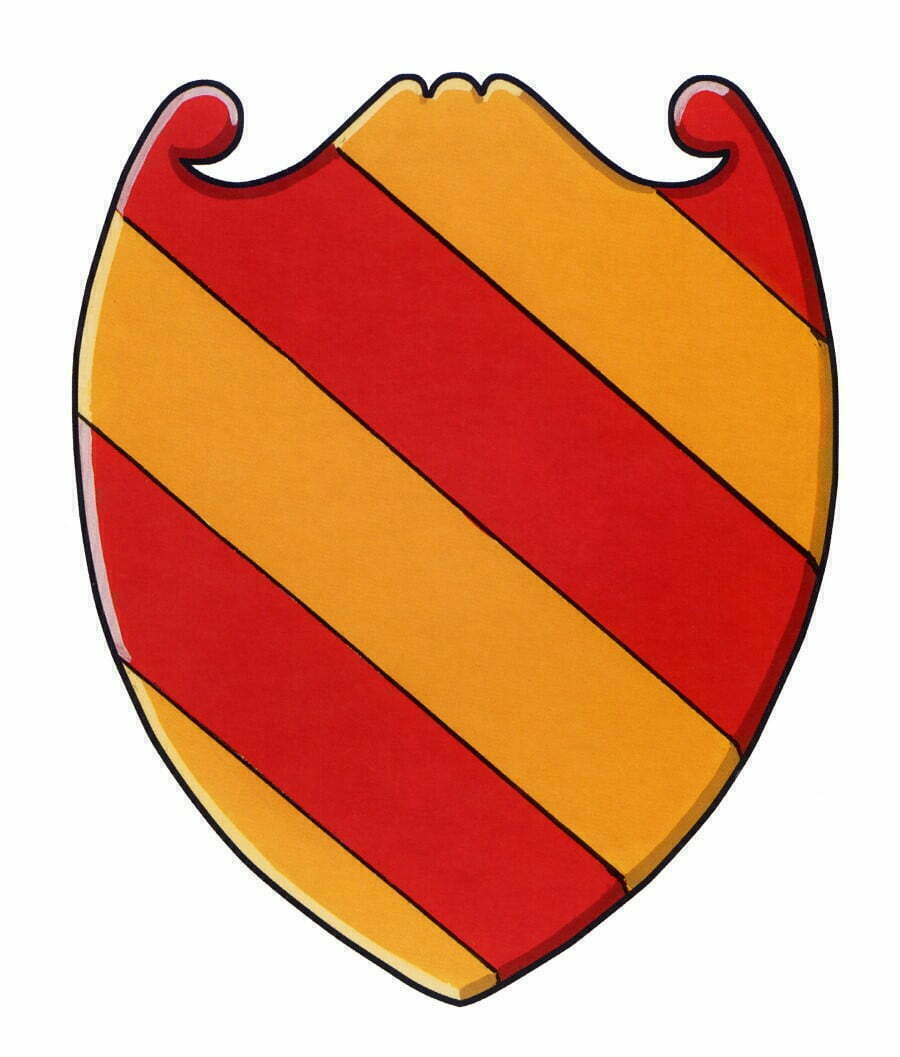
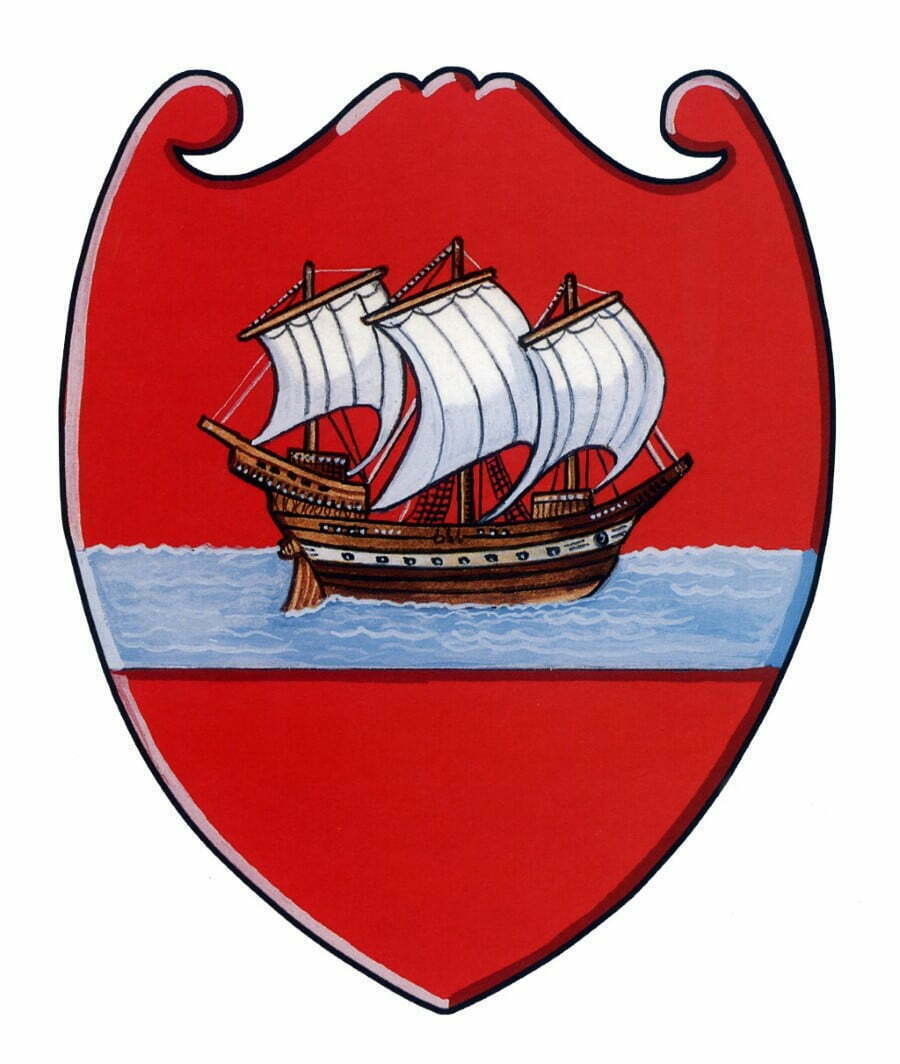
Corfu doesn’t enchant only the visitor. It also enchants the camera lens. Not only with its landscapes and monuments. The daily life of the Corfiots in earlier times is also one of the features captured by the fans of the island. Their professional activities, habits and customs were recorded in old black and white photos.
The past can teach us. And the best place for this “lesson” is the museums. The brilliant antiquity, the Roman opulence, the cosmic Byzantium “talk” about their history. Cretan icon painters, great scholars, the ancient gods and artists give an appointment with the visitors and “inform” them about their offering and their course in time.
Many pages in the chapter “Corfu architecture” are full of churches and monasteries. Built by individuals, nestled in alleys or lost in the rural green give their tone. The deep faith and the need of the Corfiots to worship the Divine created imposing cathedrals, revered chapels, towering belfries, Byzantine churches.
Active, cheerful, extroverted are the people of Corfu, this is why their celebrations have a special “color”. From the solemnity of the religious events to the carnival of Corfu, the island shows its festive face. The sounds of the philharmonic bands, the dances of the cheerleaders, the petegoletsa (gossip), the barcarolle, the pitchers, astonish the visitor and reveal another aspect of the island.
Many cultures have met in the Ionian Islands. The Venetians, the French, the British have influenced all forms of Art and created new trends. The creators distanced themselves slowly from the Byzantine models and joined the Western concepts. A large part of this shift was due to the settlement of Cretan painters, when their island was under the Ottoman Rule.
Many people worthy to be honored were born, came from or lived in Corfu. Greeks, philhellenes, foreigners who contributed in the development of the island, the Ionian Islands and Greece. Heroes, priests, politicians, scholars, officials “are“ among us with statues or busts made by the next generations to keep them alive in our memories.
Nature, architecture and memories come together in this place. The two Forts, the Palace and Liston with Spianada beguile the visitor. In Campiello and in other places as well you “encounter” the past with the arches and rotundas. In Paleopolis and Mon Repo you can “talk” with history. Facing the statues and busts you can learn who contributed in creating this magic.
Corfu brings serenity. This is the serenity sought by the Empress of Austria Elizabeth, Sissy. A woman with a wounded soul, who wanted to heal her wounds. So she created another gem on the Island: Achilleio. The palace dedicated to Achilles. Kaiser Wilhelm II also left his “signature”.
Impressive is the Kapodistrias Museum in Evropouli. The cosmic Kontokali, a Venetian imprint in Gouvia. The overgrown Dasia with Kommeno. Kastelino has also a Gallery and the Ipsos with the “golden mile”. Nisaki and the bays of Kalami and Kouloura. The beach of Agios Stefanos and Kassiopi with the Roman castle and the worldwide known Acharavi. The traditional mansions of Perithia. The imposing Pantocrator with the traditional villages.
Beautiful beaches, wild rocks, castles, lakes, rivers, mountains, mythology. Roda, Sidari with the Canal d’Amour. Bloomy is Arilas, deep blue is Agios Stefanos. Ai-Giorgis with the stunning sunset. The “Fortress of Angels”, Angelokastro. The bays-ornaments of Paleokastritsa. Amazing is the view in Lakones. In Ermones Nausicaa found Odysseus
The throne of Kaiser in Pelekas. The golden sand in Kontogialos. Sinarades with the 12 churches. Ai-Gordis with Ortholitho and Megalo Tholeto. The steeple of chipped stone in Agios Nikolaos of Kato Garouna. Argyrades with the consecutive houses the “pasaentza” and embrasures. The dilapidated monastery of Panagia on the edge of Corfu, Arkoudilas.
Lefkimmi with the river-anchorage. Agnos with the old “canisters”. Notos with the islet Votserna. Vasilatika which once hosted the Emperor John VIII Palaeologus. The “Balcony of Corfu”, Chlomos. Moraitika with the Roman baths. Birthplace of Kapodistrias is Episkopiana. The olive of 2,500 years in age in Stroggili.
Paxi is the love nest of Poseidon and Amphitrite. A tiny islet presenting enormous natural beauty. Gaios with the two islets – “guards”. Kipiadi with the largest beach of the “secret paradise” of the Ionian Sea. Planos with the sharp rocks surrounding it from three sides. Antipaxos of 5 square kilometers of deserted beaches.
The islands that… belong to the West. “Being beyond the sea (diapontian)”, they are the “Guards” of Greece in the west. Lonely, quiet, green, remind us that paradise still exists. Traditional houses, small settlements picturesque chapels invite the “faithful”. Here Calypso held captive Odysseus for seven years. St. Nicholas petrified the pirate ship that came to plunder the chapel.
Mansions with arches and balconies designed by enlightened architects. Manors that hosted great personalities of culture and Art. The residence of Kapodistrias. Staircases leading to attics with hidden secrets. Arcades and doors which travel you to the past and times of hegemony. Meeting the island through the sea and the “reading” of rocks.
“The jasmines ducked for your sake”. “The red geranium drops its leaves”. One song, two verses that could be written for Corfu. Iris tries her best and complements the greenery with all the possible combinations of colors a flower may have. So “speak” the flowers on the island: with their colors and their fragrances.
The blue sea and the greenery of the mountain fill the eye and soul. They do and something else though: they awaken the need for sports and games. In or on the water, with an inflatable mattress or a sailing boat, you get lost in relaxation. As you lose yourself when climbing up mountains or when you get involved with sports that you haven’t encounter anywhere else. Because Corfu is unique and in this field.
The culinary habits of every place follow its culture. And Corfu cannot be left behind. Subtle, thoughtful, “full” are the flavors of the traditional dishes. Therefore, whoever visits Corfu makes sure to take some recipes on his way back home. He takes along a part of himself which was left in Corfu.
Even the sun… enjoys the sunsets of Corfu. Playing with the water, the mountains, the clouds like a painter. And it makes “paintings” that are kept ingrained in mind. It is not just the end of the day. It is the beginning of romanticism. And in Corfu romanticism never ends.
The sunset is nicer in real time than the photo.
The island of eternal homecoming, Corfu.
Not just because if you visit it once you want to come back.
But because if you visit it, you will not want to leave the island.
Until we meet again.